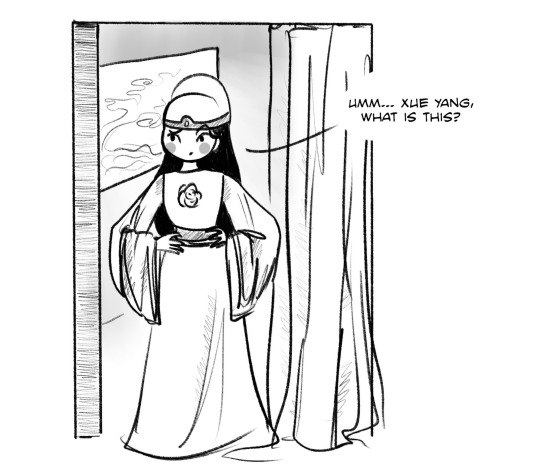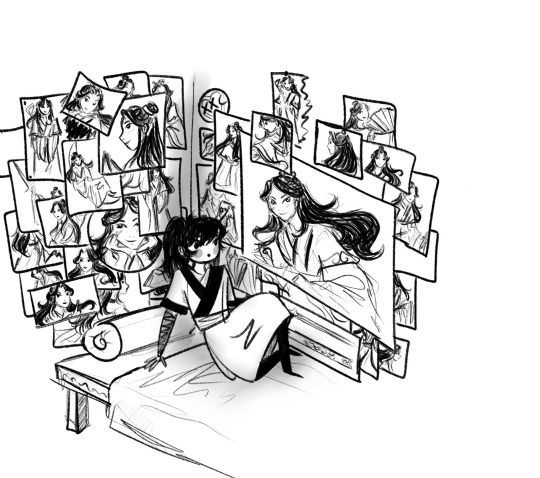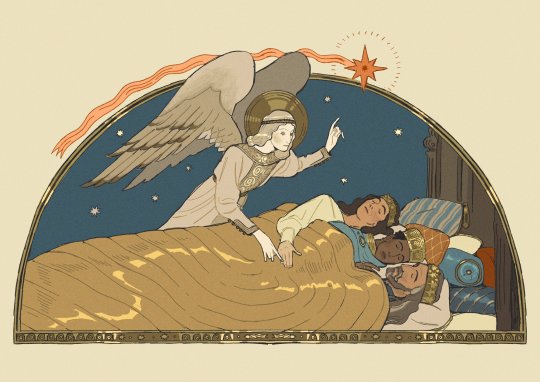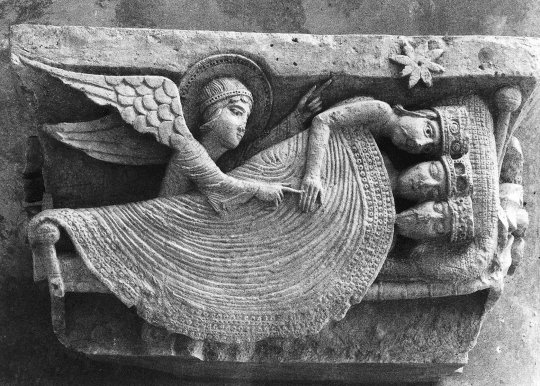Text
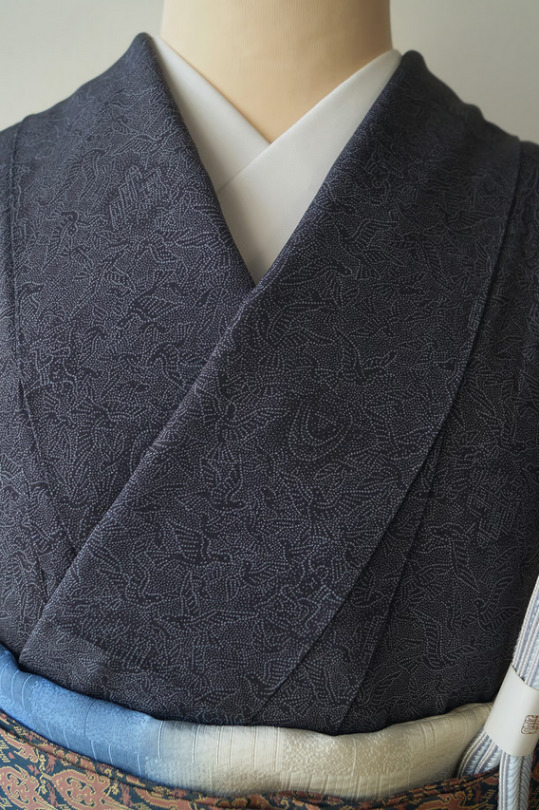
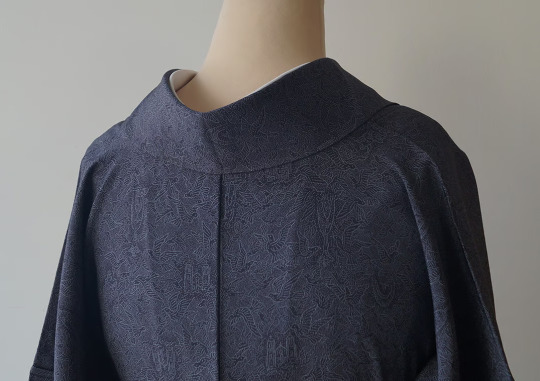

Fantastic Edo-komon kimono created by national treasure Rokutani Baiken, with an allegory pattern for "Peace" showing doves flying above people and buildings.
Edo komon is a type of kimono with itty-bitty-small patterns. Those are set on fabric using Ise-katagami (paper stencils, made waterproof with persimmon juice) and nori (paste/glue made from glutinous rice or wheat flour), and fabric is then dyed before washing the glue away.
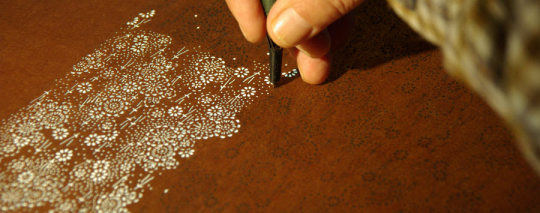
235 notes
·
View notes
Text

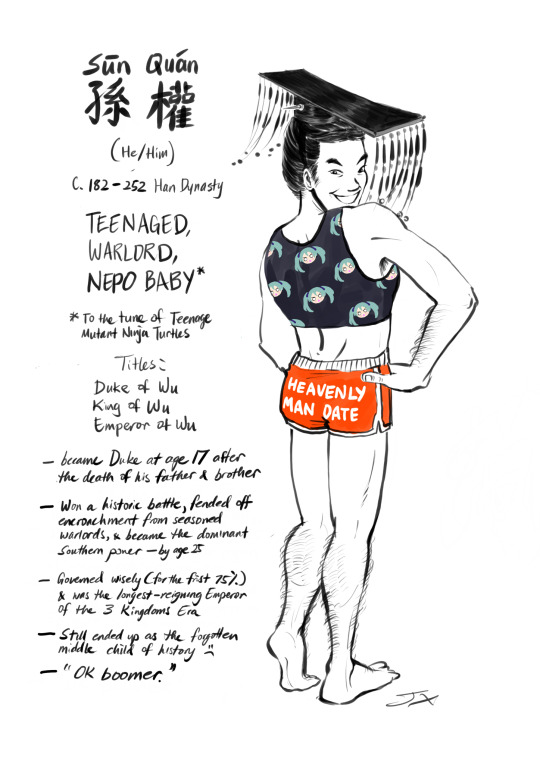

- the mandate of heaven-
Getting really good at drawing the miku binder! I started out with a basic copy paste checkerboard pattern, but it looks way more realistic if you stretch each miku slightly with the warp tool + rotate offcenter.
Bonus transparent miku <3 use it however you wish

Nude versions under the cut

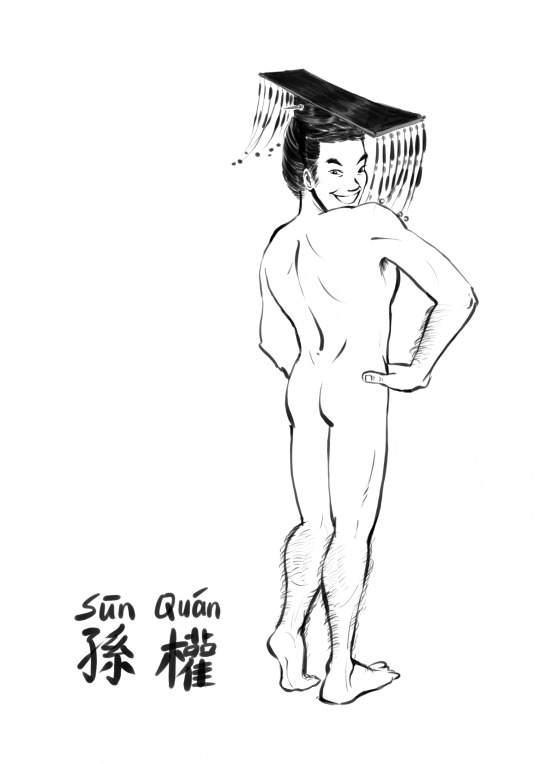

64 notes
·
View notes
Text



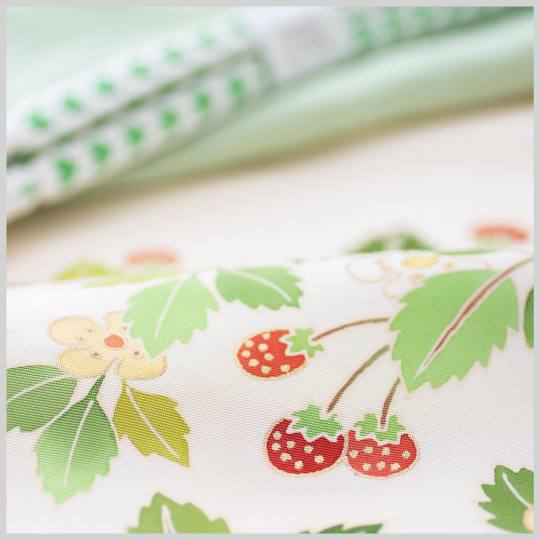
Fresh modern obi depicting juicy strawberries patch, matched with lovely crisp green accessories
284 notes
·
View notes
Text
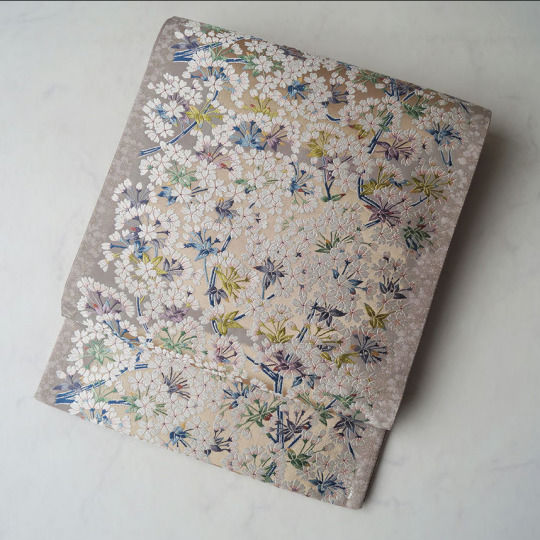
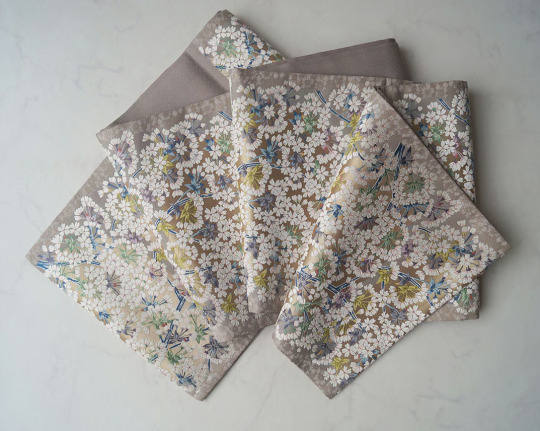


Romantic soft tones for this modern obi depicting cherry blossoms in full bloom
208 notes
·
View notes
Text
Accounts of Qiuci and Yutian (LS54)
The state of 龜茲, Middle Chinese *Khjuw-dzi, Standard Chinese Qiūcí, now Kucha, was located on the northern side of the Tarim basin.
The state of 于闐, Middle Chinese *Hju-den, Standard Chinese Yútián, now Hotan or Khotan, was located on the south-western of the Tarim basin.
Beside their central locations on the Silk Road, both kindoms were centers for Buddhist learning and served a key role in that religion's spread into China.
Pictures ambassadors taken from Song copy of the Portraits of Periodical Offering of Liang (Beiti and Qiuci), Tang The Gathering of Kings (c. 650 AD) (Beiti, Qiuci, and Yutian), and the Southern Tang Entrance of the Foreign Visitors of Emperor Yuan of Liang (mid 10th century)(Beiti, Qiuci, and Yutian)
(Scans taken from Wikipedia)
The various Rong of the North-west, during the Han period, Zhang Qian first went out on the tracks of the Western Region, Gan Ying then approached the Western Sea. Sometimes they dispatched attendant sons, sometimes they offered displays of tribute. At that time, though they were destitute in troops, they were extremely martial, and they were only just overcome and vanquished. Compared to previous eras, their plundering was far reaching. In the time of Wei, three regions were [like] legs of a tripod, with daily matters of opposing halberds, When the Jin clan pacified Wu and afterwards, and they for a little while obtained a little tranquillity and rest, they merely set up the office of Wuji. The various states likewise were not yet retainers and followers. Continuing on with the Central States' destruction and disorder, Hu people rose up one after the other. The Western Region was separated and blocked from Jiangdong and difficult translations were not exchanged. Lü Guang's expedition to Quici was more like barbarians invading barbarians, and no idea of the Central States. Since that point, the various states have divided and united, been victorious or defeated, strong or weak, and it is difficult to obtain a thorough record. Bright gems and blue feathers were only familiar in the rear palaces, Pushao and Longwen [horses] rarely entered the outer offices. At Liang accepting the mandate, they who served the correct calendar and were in the court's palaces and courtyard, were the states of Chouchi, Dangchang, Gaochang, Dengzhi, Henan, Quici, Yutian and Hua. Now [I] patch together their manners and customs, and as an Account of the North-western Rong as follows:
…
The state of Hua is a branch of Jushi. Han's 1st Year of Yongjian [126 AD], Bahua accompanied Ban Yong to strike the northern villains and had merit. Yong elevated Bahua to Marquis Friendly to Han of the Rear Section. From Wei, Jin, and onwards, they did not communicate with the Central States.
…
The state of Baiti, the King's family name is Zhi and his personal name Shijiyi. His ancestors perhaps were Hu from a branch of the Xiongnu. When Han's Guan Ying fought with Xiongnu, he beheaded one Baiti cavalryman. Now it is east of the state of Hua. The distance to Hua is six day's travel, furthest west is Persia [Bosi波斯]. The land produces millet, wheat, and melons. The food is roughly similar to Hua.



…
Qiuci is an old state of the Western Regions. In the time of Guangwu of Later Han [r- 25 – 57 AD], their King was named Hong. He was killed by the King of Shache, Xian, who wiped out his family. Xian sent his son Zeluo to be King of Qiuci. The people of the state also killed Zeluo. The Xiongnu installed a notable man from Quici, Shendu, as King, and because of this they belonged to the Xiongnu. However Qiuci in the Han period was regularly a great state, the capital was called Yan City.
When Emperor Wen of Wei begun his reign [r. 220 - 226], they dispatched envoys with tribute to present. Middle of Jin's Taikang era [280 -289], they dispatched sons to enter [court] in attendance.
7th Year of Taiyuan [382 AD], the ruler of Qin, Fu Jian, dispatched general Lü Guang to invade the Western Region. He arrived at Qiuci. The King of Qiuci, Bochun, loaded up the treasure, set out and ran. Guang entered his city. The city has three layers. The outer walls are comparable to the walls of Chang'an. The rooms and buildings are huge and magnificent. For decoration they use gemstones, gold, and jade. Guang installed Bochun's younger brother Zhen as King, and then returned home. Since then they have been cut off from the Central States and not communicated.


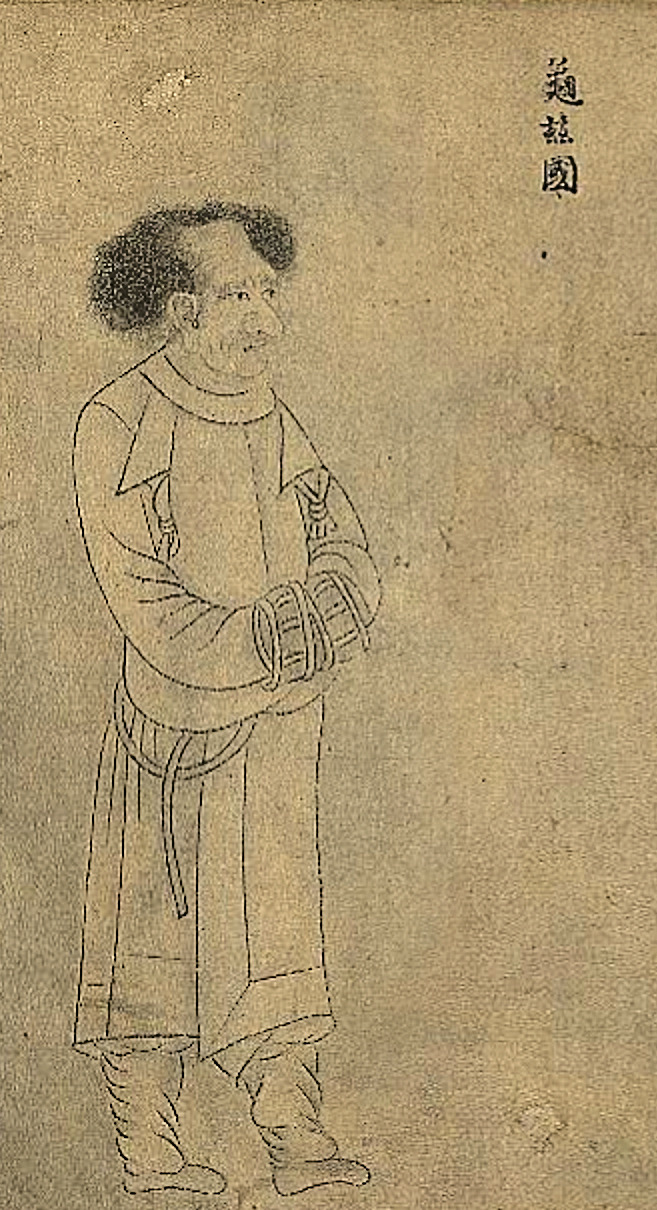
…
The state of Yutian belongs to the Western Regions. At the end of Later Han's Jianwu era Jianwu [25 – 56 AD], King Yu was routed by the King of Shache, Xian. He moved him to be King of Ligui, and used his younger brother Junde as King of Yutian. He was violent and cruel, and the hundred families were troubled by him. Middle of Yongping [58 – 75 AD], a man of their kind, Dumo, killed Junde. A nobleman, Xiumoba also killed Dumo, and installed himself as King. Ba died, and his older brother's son Guangde was installed. He afterwards struck and captured the King of Shache, Xian, to return home, and killed him, and thereupon he made a strong state. The various small states of the north-west all yield and follow.
In their land there are many rivers and rainstorms, sand and rock. The air is warm and suitable for rice, wheat, and rose apple [putao 蒲桃]. There is a river which produces jade, it is called the Yu He [“Jade river”, 玉河]. People of the state are good at casting copper vessels. Their government seat is called Xishan City, it has roofed houses, markets, and wells. The fruit and vegetables are comparable to the Central States. They are particularly reverent of Buddhism. The building where the King dwells has cinnabar drawings applied to it. The King's headgear is a golden head-wrap, similar to the present Hu-style hat. He sits side by side with his wife when welcoming guests. Within their state, the married women all braid their hair and wear fur trousers. Their people are respectful. When they see each other, they kneel, and when they kneel, one knee touches the ground. For writing they use wood for brush and slips, and jade for stamps. When the people of the state obtain a letter, they wear it on their head, and then afterwards open up the slips. In the time of Emperor Wen of Wei, King Shanxi presented famous horses.


12 notes
·
View notes
Text
30K notes
·
View notes
Text
Liu Bei and the Jade Man story from the Shiyi ji
The Shiyi Ji is a collection of supernatural stories and anecdotes compiled during the Six Dynasties period attributed to Wang Jia.
Liu Bei’s Empress Gan was from Pei. She was born into humble circumstances. A physiognomist in the village said, ‘This girl will later have high rank. Her rank will exceed that of a Gongyi concubine.’ When she grew up, her appearance was especially beautiful. When she reached eighteen, she had jade-like skin and tender flesh. Her attitude was bewitching and her countenance seductive. Liu Bei ordered her to go behind a gauze curtain. Those who gazed at her from outside the door thought she resembled gathered snow’ in the moonlight.
The region south of the Yellow River presented a jade man three feet tall. Liu Bei took the jade man and put him beside the queen. During the day he discussed military plans and at night then he embraced the queen and amused himself with the jade man. She always proclaimed that what is the honored virtue in jade is that its virtues are like that of a gentleman, so since it is in the shape of a man, how could it be played with.
The empress and the jade man were pure white and equally smooth of skin, so that those who looked at them were almost confused. The empress was not only jealous of the favorites, but was also envious of the jade man. The empress always wanted to destroy it and admonished Liu Bei saying, “In the past Zihan did not consider jade to be precious and the Spring and Autumn Annals admired him for it. Wu and Wei are not destroyed, how can you put seductive pleasures in your heart? Any kind of infatuation will raise doubts. Do not enter into this again. ” Liu Bei then cast aside the statue of the jade man, and the favorites all retired. At this time, the gentlemen presented a memorial in which they referred to Empress Gan as a Matron of Spiritual Wisdom.
Translation by Larry C. Foster, ‘The Shih-i chi and Its Relationship to the Genre Known as Chih-kuai hsiao-shuo’.
18 notes
·
View notes
Photo
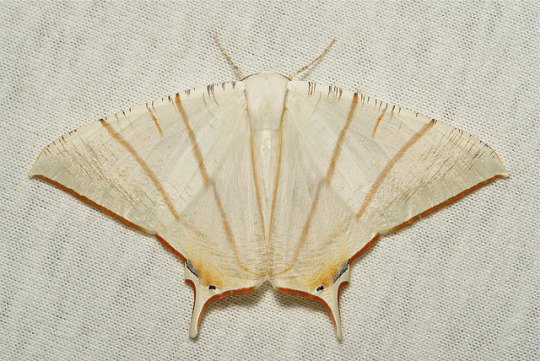
Geometrid Moth (Ourapteryx clara, Ennominae, Geometridae)
by Sinobug (itchydogimages) on Flickr.
Pu'er, Yunnan, China
See more Chinese moths on my Flickr site HERE…..
245 notes
·
View notes
Text

Ячична (Yachichna) - The evil spirit of empty houses in the Arkhangelsk region, Russia
979 notes
·
View notes
Text





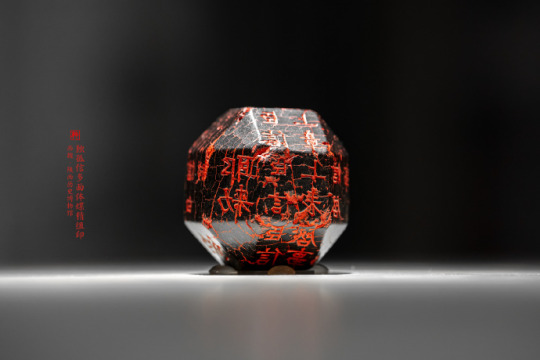
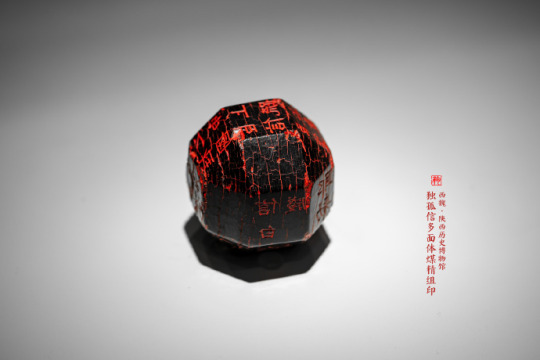

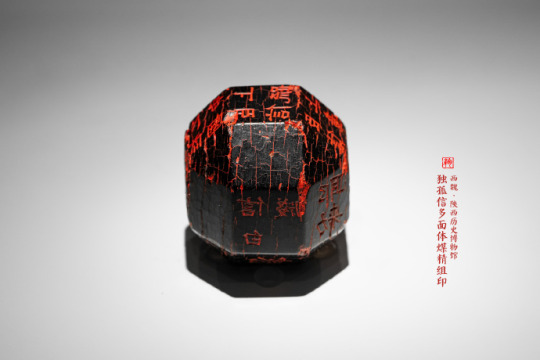
Jet-black Polyhedral Seal of The Western Wei General
This multi-faceted jet seal of the Western Wei dynasty, belonged to the famous General Dugu Xin (獨孤信). It has 8 edges and 26 sides: 18 square and 8 triangular ones. It is the ancient polyhedral seal with the largest number of facets.
Among them, 14 sides are engraved with inscriptions. The inscriptions range from one-character to five-character. The functionality is differentiated, including the use in official letters, orders, document labeling, etc.
The jet, a composite organic gem, from which the seal is carved, is known in China as “coal jade” (煤玉).
The total height of the object is 4.5 cm, the width is 4.35 cm, and the weight is 75.7 g.
The seal was accidentally discovered in 1981 by Song Qing, a student from Xunyang county (旬陽縣), Ankang, Shaanxi. While returning home from school, he picked up a weird object in the gravel on the roadside, which aroused his curiosity with its bizarre shape. Song Qing had no idea what it was. Having examined the inscriptions at home, he gave the find for examination to the local archaeological museum, where the artifact was considered not of particular cultural value.
The seal vegetated on the outskirts of the local exposition for another decade, until it was revealed and recognized by a prominent researcher Wang Hanzhang (王翰章) from the Xi'an Institute of Literature and History. On display in Shaanxi History Museum (陝西曆史博物館).
272 notes
·
View notes
Text
So, there we go. I’ve created my first illustration featuring my Nerevarine! For a long time, I’ve wanted to capture this moment from the game—something we don’t even get to see in-game, but it’s how I imagine it. Jiub patiently awaits the morning to inform us that not even last night’s storm could wake us.

891 notes
·
View notes
Text
spells that should be available at the discount spell shop:
water walking: the nearest bucket grows legs
summon skeleton: it’s inanimate. just some bones
shock: the spellbook is just full of dirty jokes
detect life: detects bacteria
shadow shape: your shadow takes on an interesting new shape
divine intervention: the nearest bush catches fire
mark: summons a guy called mark
23K notes
·
View notes
Text
Welcome to Seyda Neen.
Upon arriving in Morrowind, the first thing we did after receiving the papers and stealing an expensive plate from the excise office was head to Caius Cosades... Or we might just explore the island without getting too distracted by the main quest
Finally, I managed to create a sketchy illustration, and I was actually able to stop in time. The goal of learning how to draw quick sketchy story scenes doesn’t seem so insurmountable anymore, but there is still some work to be done. I enjoyed drawing the city, of course, this is my interpretation of Seyda Neen, but it’s how I imagine it. I would like to draw other cities as well as the landscapes of Morrowind. I think that’s next in line, and I’ll do it.
Let me know what you think of this art. I’ll be happy to read your thoughts!
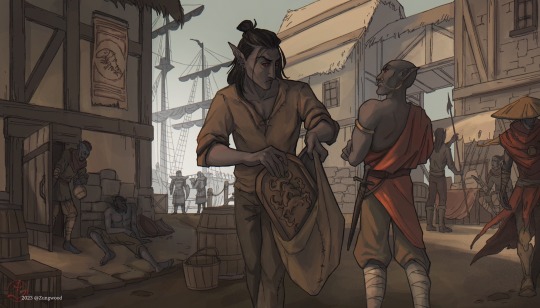
841 notes
·
View notes


